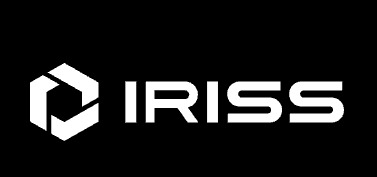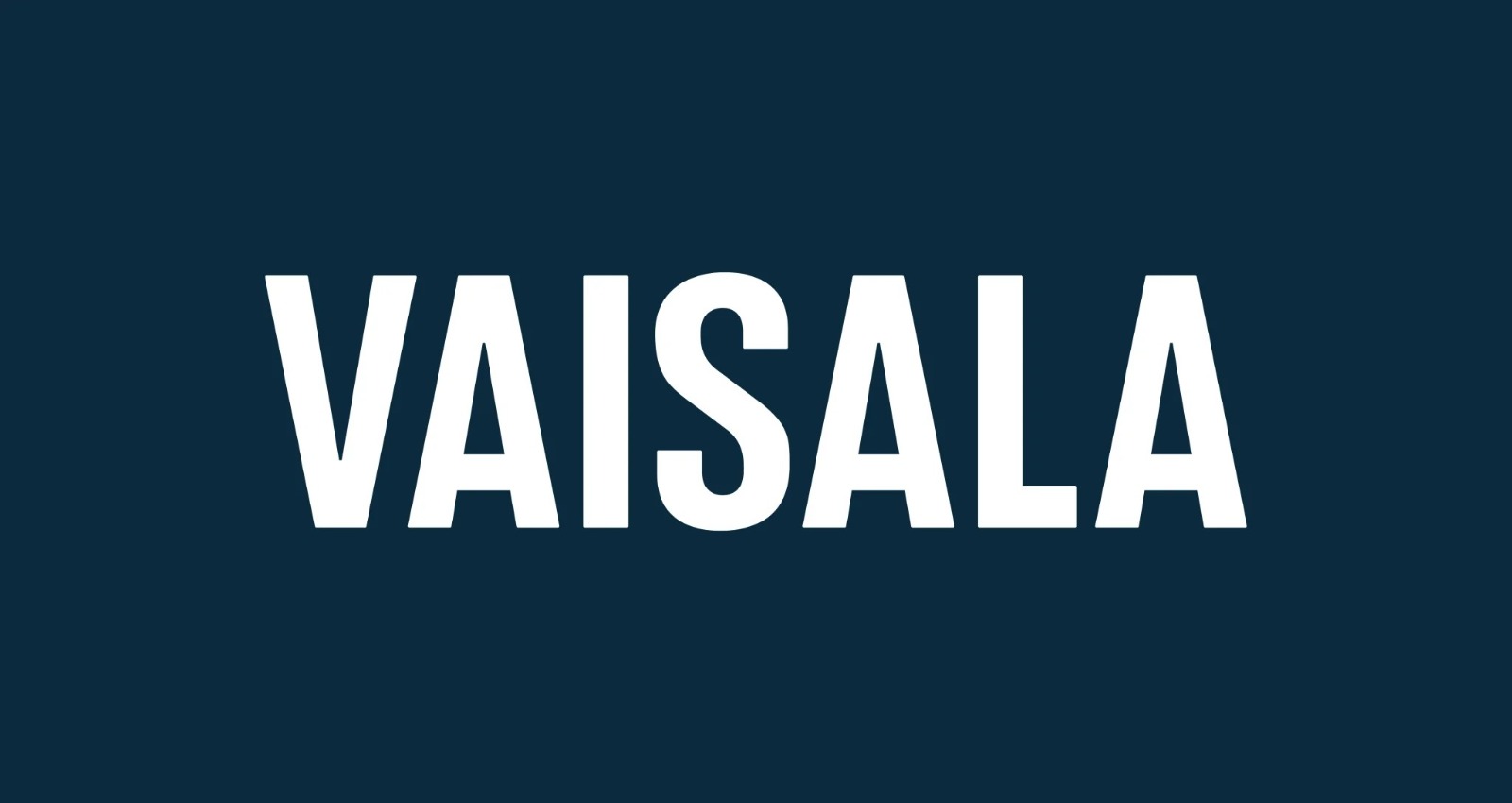
Level 1
Level I: Partial Discharge Assessment & Survey Techniques Training Course
This practically biased course is aimed at technicians and operators that are tasked with carrying out PD surveys. The course will develop the delegate’s skills such that at the end of the 4 days the expected level of competence will have been accomplished and assessed.
On satisfactory completion of the course the delegate will be certified as competent to carry out Partial Discharge surveys with Ultrasonic and TEV detection equipment. Satisfactory completion of local safety procedures may also be required.
Day 1
- Introduction to Partial Discharge
- What it is?
- Why test?
- Fault statistics
- Common discharging components
- Basic theory of PD covers internal and surface discharge
- Insulation types
- Causes of deterioration
- Introduction to dielectric stress
- Capacitive coupling
- Causes of PD
- Classification of types of PD
- Controlling stress and preventing PD
- Detection Methods
- PD emissions including radio waves
- Physical signs of PD
- Basic wave theory & types
- Electromagnetic wave theory
- Acoustic waves
- Ultrasonic wave transmission and characteristics
- Airborne and contact mode
- TEV generation, propagation and detection
- Ultrasonic generation, propagation and detection
- Signal attenuation
- Surface and internal discharges
- Directional antennas – PD Hawk
- PD detection in cables
- PD detection in Transformers Airborne
Day 2
- Instruments
- UltraTev
- UltraTev Plus+
- UltraTEV Locator
- PD Hawk
- Accessory package is covered
- Noise, background interference and substation environments
- Control Measures
- The different types of PD test and survey
- Test requirements
- Typical time periods between tests for different types of equipment
Day 3
- Case Studies: The benefits of condition monitoring using PD survey techniques
- Operational safety in high voltage environments
- Functionality and practical familiarisation with instruments in a mock HV environment
- Conducting PD Surveys
- Pre-survey preparation
- Assessment procedures
- Critical Rules
- Data recording methods
- Practical sessions: conducting PD Surveys in a mock HV environment
- Interpretation of results
- What do your results mean
- Analysis and comparison with historical results and general information
- Possible next steps
- Options for further investigation
- Switching Exercises
- Visual Examination
- Direct Measurements
- Recap
Day 4
- Assessment: PD theory and survey techniques
- Assessment: Practical survey in a mock HV environment
- Assessment: Data recording and interpretation of results
- Assessment: Production of survey report and understanding of output data
*Programme may be subject to amendment









